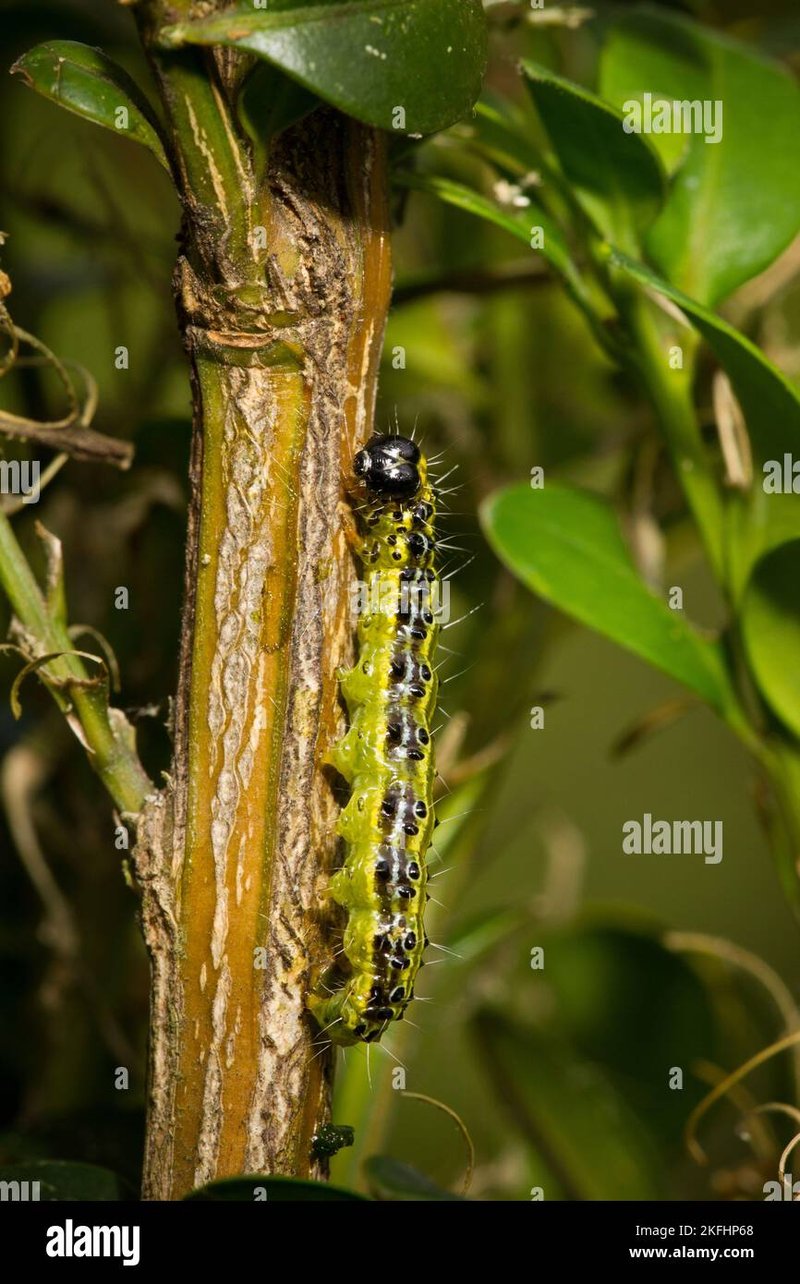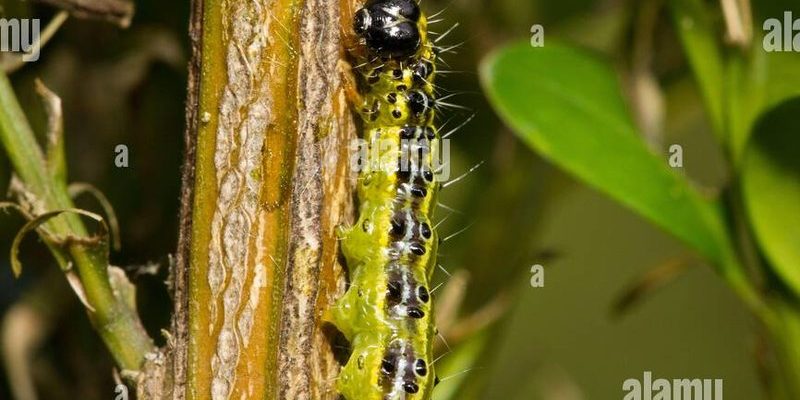
So, how do we protect our leafy friends from these sneaky invaders? Fortunately, there are several natural methods that can help keep inchworms at bay, allowing our trees to thrive. Imagine this article as your trusty guide, walking you through simple yet effective strategies to shield your trees without resorting to harsh chemicals that could harm the environment.
Understanding Inchworms and Their Impact
Before diving into protection methods, let’s first understand what we’re up against. Inchworms are the larvae of moths, and they get their name because they move in a distinctive “measuring” way, inching forward as they go. They usually appear in spring and can quickly multiply, creating a tiny army that feasts on your trees’ leaves.
When these little critters start munching away, they can strip trees of their foliage, leading to stress and vulnerability. Over time, this can weaken a tree, leaving it open to diseases and other pests. You might be wondering, “Isn’t it just a few leaves?” Well, that can add up! A healthy tree needs its leaves to photosynthesize and grow strong, so protecting them is essential.
Encouraging Natural Predators
One of the best ways to manage inchworm populations is to enlist the help of their natural enemies. Nature has its way of keeping balance, and many birds and beneficial insects love to snack on inchworms.
To attract these predators, consider planting native flowers and shrubs around your trees. This not only provides food and habitat for birds but also helps bring in beneficial insects like ladybugs and lacewings, which prey on pests. Here are a few plants you might consider:
- Butterfly Bush: Attracts various butterflies and birds.
- Asters: Great for drawing in pollinators.
- Milkweed: A must-have for monarchs and other beneficial insects.
By creating a biodiversity-friendly environment, you might find that your trees remain healthier and inchworm populations stay lower.
Regular Tree Inspections
To effectively protect your trees, regular inspections are key. Think of it like a health check-up for your trees. If you spot an infestation early, you can take action before it gets out of hand.
Start by examining the leaves, particularly in spring when inchworms are most active. Look for signs of chewing and any webbing or droppings that could indicate an infestation. Pay special attention to the underside of leaves where inchworms like to hide. If you catch them early, it’s often easy to knock them off by hand.
Additionally, maintaining your tree’s overall health can make it less susceptible to pests. Healthy trees can better withstand attacks and can often recover from minor damage. Here’s a quick checklist for tree inspections:
- Check for leaf damage and droppings.
- Look for discoloration or wilting leaves.
- Assess the overall growth and structure of the tree.
Natural Sprays and Solutions
If manual removal isn’t quite enough, consider using natural sprays to deter inchworms. Many household items can double as effective pest repellents without harming your trees or the environment.
For example, a simple spray made from soap and water can disrupt the feeding of inchworms. Mix about one tablespoon of liquid dish soap in a quart of water, and spray it directly on the infested areas. This will suffocate the insects and prevent them from causing further damage.
Another option is using neem oil, derived from the seeds of the neem tree. It’s a natural insecticide that disrupts the life cycle of many pests, including inchworms. Just be sure to follow the instructions on the bottle for the best results!
Promoting Tree Health with Mulching
Healthy trees are less likely to fall prey to pests. One way to boost tree health is through proper mulching. Mulch is like a cozy blanket for your tree, helping retain moisture and regulate temperature.
When applying mulch, spread a layer around the base of the tree, but keep it a few inches away from the trunk to prevent rot. Organic options like wood chips, straw, or bark work well. Mulch not only provides benefits to the tree but also suppresses weeds, reducing competition for nutrients.
Regularly refreshing your mulch can also help improve soil quality. Healthy soil means stronger trees, which can naturally fight off inchworm invasions.
Companion Planting Techniques
Another creative way to protect your trees is through companion planting. This method involves placing certain plants together that benefit each other, creating a healthier ecosystem. For instance, planting garlic or onions near your trees can help repel pests, including inchworms.
These “protective” plants release certain chemicals that can deter unwanted visitors. Similarly, herbs like basil and mint can confuse or repel inchworms due to their strong scents. You can create a protective barrier by planting these herbs around the base of your trees or in nearby garden beds.
Companion planting not only protects your trees but also enhances your garden’s aesthetic appeal!
Benefits of Using Organic Methods
In a world filled with chemical pesticides, opting for natural methods to protect your trees is a breath of fresh air. Organic solutions are safer for the environment, wildlife, and even the people who enjoy the shade of the trees.
By embracing these natural protective strategies, you’re promoting a healthier ecosystem. Organic methods encourage biodiversity, making it easier for beneficial insects and animals to thrive alongside your trees. Plus, organic gardening practices improve soil health, which is vital for long-term tree health.
So, the next time you reach for that chemical spray, think twice! Natural methods not only protect your trees but also contribute to a more balanced environment.
In conclusion, protecting your trees from inchworm damage doesn’t have to be a daunting task. With a little observation, some gardening tactics, and natural solutions, you can keep your trees healthy and thriving. Embrace the beauty of nature, and your trees will thank you for it!

